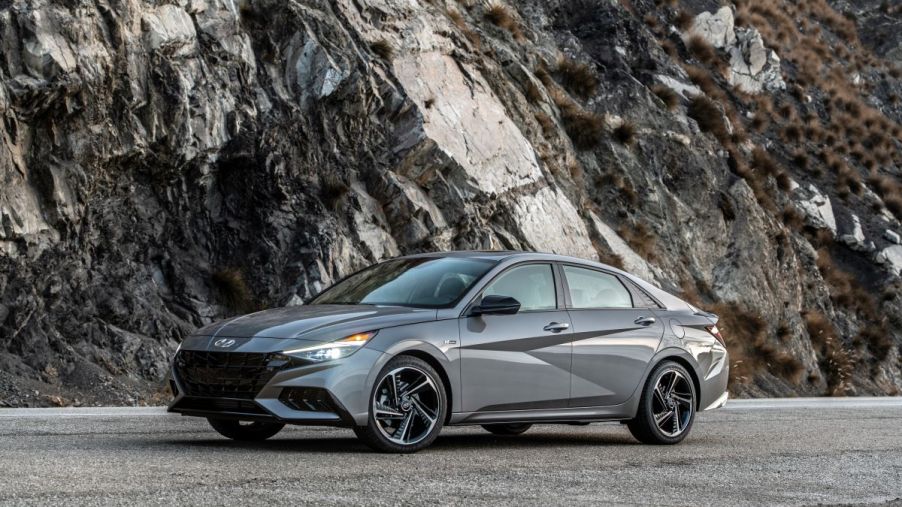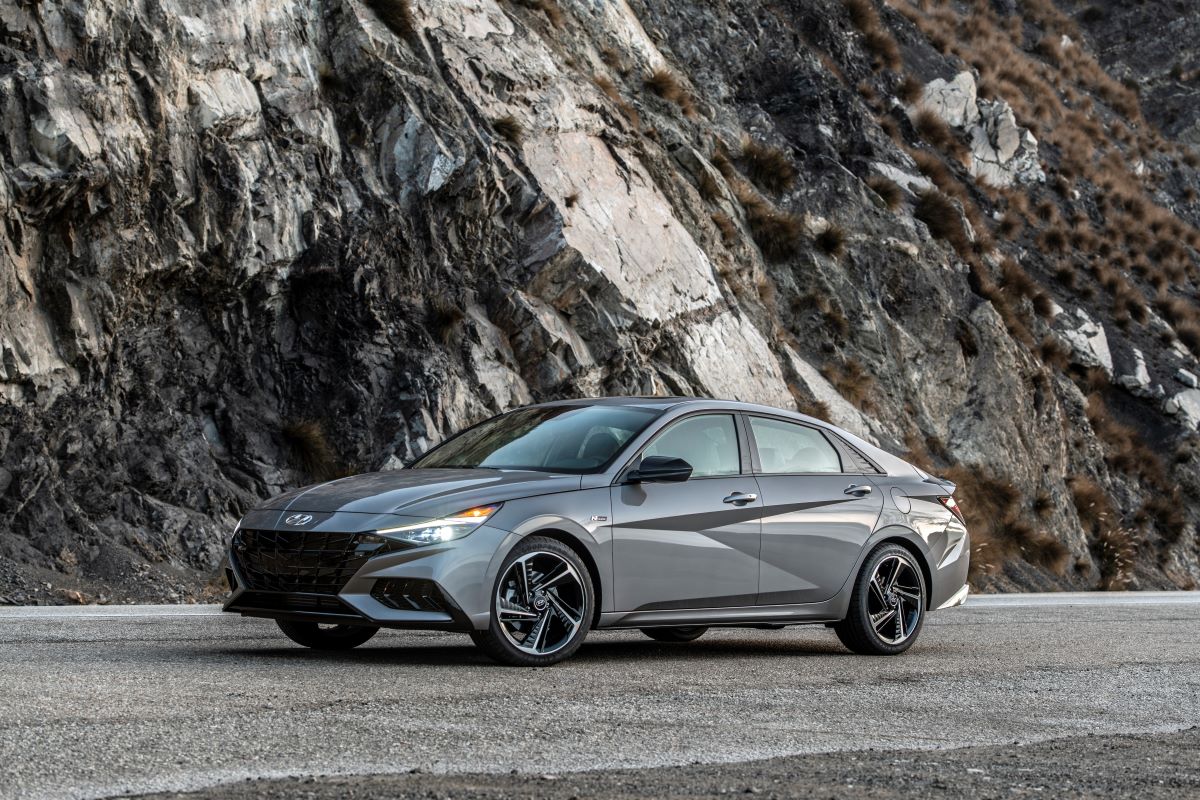
What’s Included in Hyundai’s SmartSense Safety System?
New Hyundai cars offer more safety and driver-assistance features than they have in the past, and the results are showing. Hyundai has evolved in recent years to be a more popular and worthwhile brand, and part of that success may come from the brand’s SmartSense Safety System. What features and tools are available in Hyundai’s safety package?
Please note that not all SmartSense safety features will be available on all Hyundai models and trims.
Forward Collision-Avoidance Assist with Pedestrian Detection

This system is a classic in modern car safety. Hyundai’s Forward Collision-Avoidance Assist with Pedestrian Detection (FCA-Ped) watches for obstacles ahead of you—cars, pedestrians, or other objects. Once the system detects the obstacle, it can warn you with audible and visible warnings. If you don’t apply the brakes, the system may do it for you. The use of this system is why Hyundai SUVs are among the safest you can buy.
Blind-Spot Collision-Avoidance Assist
This SmartSense safety feature watches where you can’t. Sensors monitor blind spots on both sides of the vehicle. If a vehicle is detected in your blind spot while the turn signal is activated, the system will warn you. It may also apply the brakes if needed. This is all the more reason to always use your turn signals when driving.
Blind-Spot View Monitor
Hyundai’s Blind-Spot View Monitor (BVM) takes things up a notch from the collision-avoidance assist feature. When you activate your turning signal, the BVM will activate, as well. The system shows a live feed of your blind spot so you can know exactly what’s there. This system is what makes models like the Hyundai Santa Fe so attractive to drivers who put an emphasis on safety.
Driver Attention Warning
Hyundai’s Driver Attention Warning (DAW) system can be incredibly effective at preventing accidents. This clever feature can monitor the way you drive, based on data, and can tell the difference between normal driving and inattentive driving.
Lane Following Assist
It’s easy to get a little bored or complacent on long road trips, especially when you’re cruising on the highway for what feels like endless miles. Lane Following Assist (LFA) can monitor the lanes on the road using a front-view camera. The feature uses this information to adjust the steering wheel when needed, bumping the vehicle back on course.
Lane Keeping Assist
Lane Keeping Assist (LKA) is very similar to Lane Following Assist. The primary difference is that this feature takes a more active role in alerting you to wandering. LKA uses audio and visual warnings to let the driver know that the vehicle has crossed a lane without the use of a turn signal. This feature is available on models like the Hyundai Tucson.
High Beam Assist
This is a feature that could benefit everyone if it was included in more cars. High Beam Assist (HBA) watches for oncoming traffic while you’re driving with your high beams on. If the system detects an oncoming car, it can automatically turn your beams down to low—to prevent blinding other drivers—and then automatically turn them back on when the vehicle has passed.
Other Hyundai safety and driver-assistance features
Additional Hyundai SmartSense safety features offered on select new Hyundai models and trim levels include Smart Cruise Control with Stop & Go, Highway Driving Assist, and Downhill Braking Control.
To learn more, visit Hyundai’s safety page.


